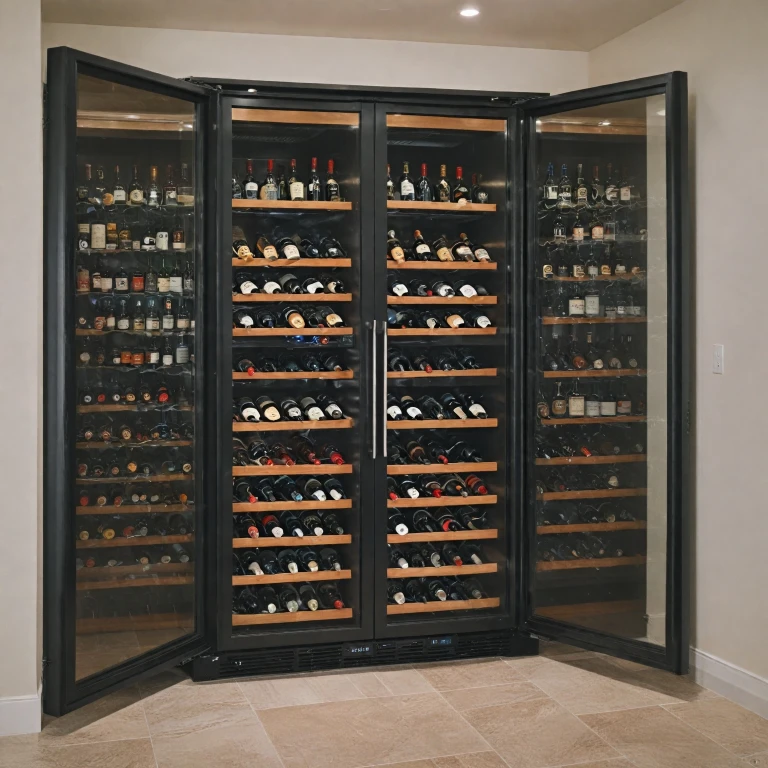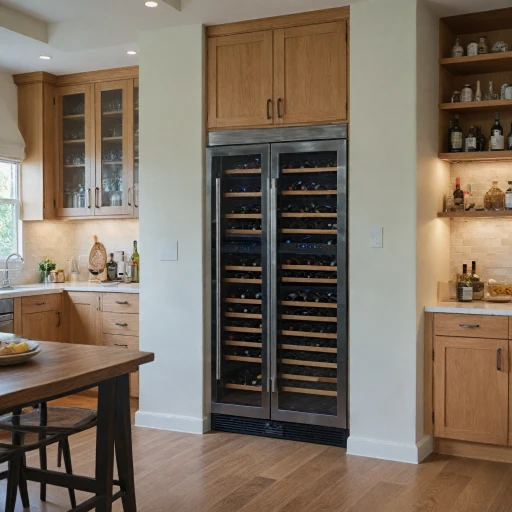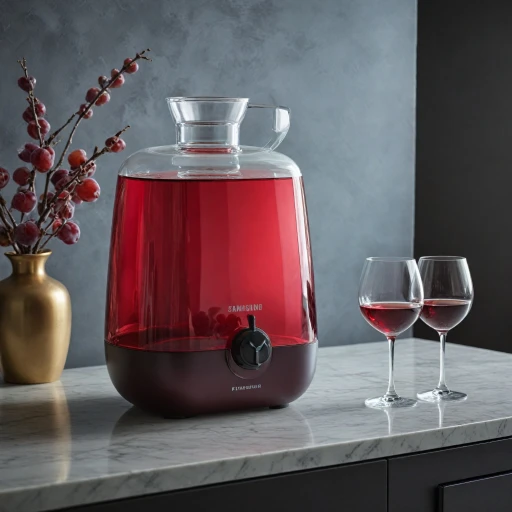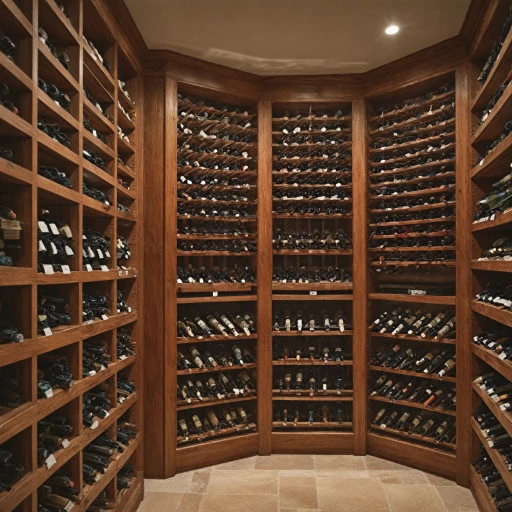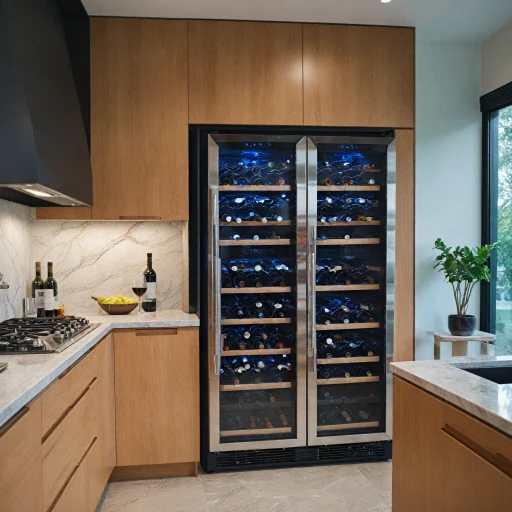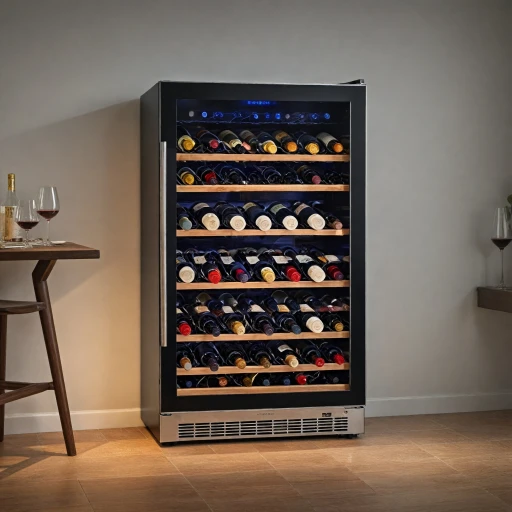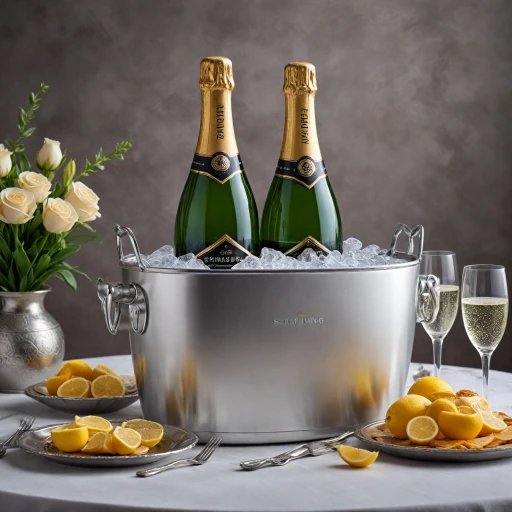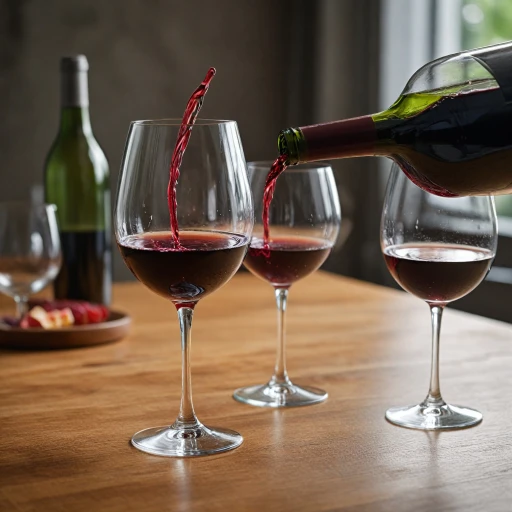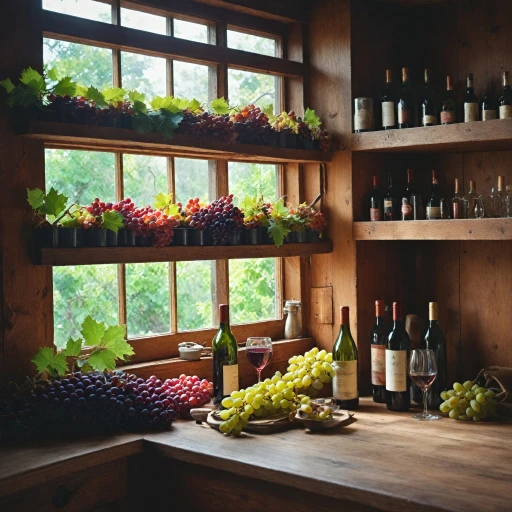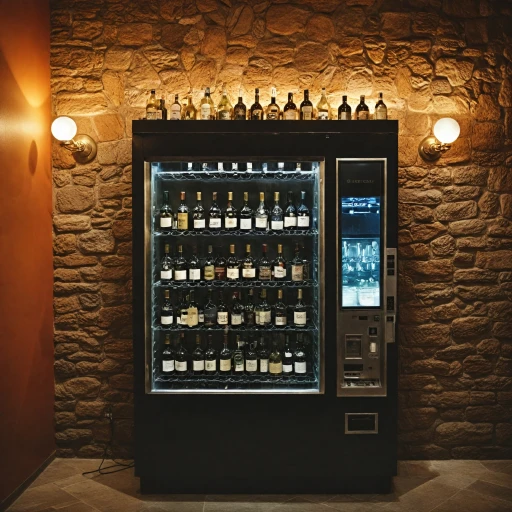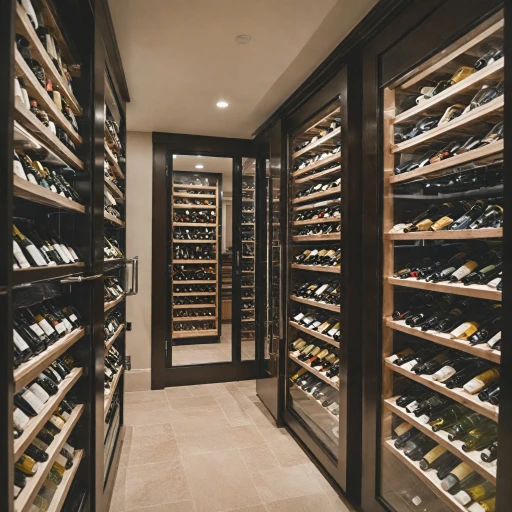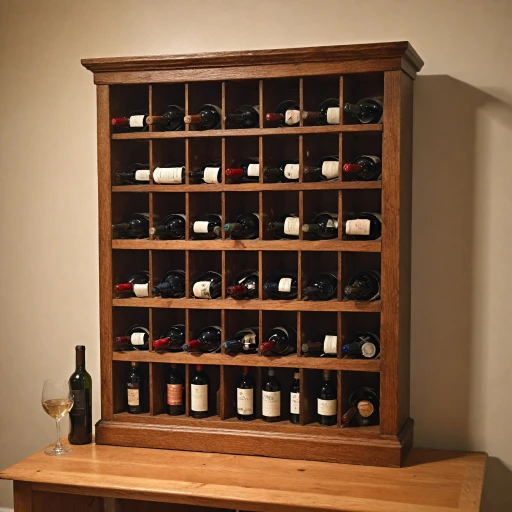
Understanding the Importance of Temperature Control
The Significance of Maintaining an Ideal Environment
Wine enthusiasts often emphasize the critical role of temperature control in selecting the ultimate wine fridge. For those who have a collection primarily of red wines, keeping your bottles at the right temperature ensures that each vintage maintains its full flavor potential and aging capability.
Red wines typically require a storage temperature that varies between 55°F to 65°F (approximately 13°C to 18°C), depending on the wine's character. Consistent temperature helps to preserve the wine’s complexities and prevents the risks associated with premature aging or spoilage. A professional wine fridge offers an environment specifically tailored to these needs, whether you opt for a single zone or a dual zone wine cooler.
Single zone wine coolers are perfect if your collection is limited to red wine. In contrast, dual zone fridges accommodate both red and white wines, thus enabling you to maintain two different temperature settings in one unit. This feature is especially useful for those who have a mixed collection.
Additionally, stainless steel wine refrigerators not only provide practicality but also an aesthetic appeal in your home setup. Combined with a carefully calculated bottle capacity and storage capability, these fridges are truly a wine insurance policy in appliance form. Contemplating factors such as noise levels and the energy efficiency of the device will also guide you in making an informed decision that aligns with your lifestyle, budget, and sustainability goals. Investing in a quality wine fridge that offers the right temperature control ultimately enhances your wine experience and ensures your collection ages gracefully over time.
Size and Capacity Considerations
Assessing Capacity for Your Red Wine Collection
Choosing the right wine fridge to store your cherished red wine is vital for any wine enthusiast. Determining the correct storage capacity can be influenced by several factors, and it's crucial to get this right for optimal preservation of your bottles.
Number of Bottles: Before settling on a wine fridge, take stock of your current collection and how often you buy new bottles. A clear understanding of these numbers will help determine if a single zone or dual zone fridge best suits your needs, as well as the overall bottle capacity required. Remember, a full collection shouldn't mean cramped storage.
Available Space: Consider where you'll place the refrigerator. Ensure it fits in your designated space while also accounting for proper ventilation. Remember, proper spacing is key for efficient cooling.
Flexible Storage Features: Modern wine fridges often come with adjustable shelves, allowing you to store bottles of different sizes ranging from standard to magnums. The capability to switch these shelves can make a difference in maximizing the refrigerator's capacity.
Overall, a wine fridge's capacity and design must align with your long-term storage needs and space availability. Notably, opting for a stainless steel model not only adds durability but also an aesthetic appeal to your living space or cellar.
Features to Look for in a Wine Fridge
Essential Features for Every Wine Enthusiast's Fridge
When you're in the market for the perfect wine cooler, it's essential to consider specific features that will accommodate your beloved red wine collection. Let's explore the must-have elements that ensure your wines are stored in optimal conditions.- Temperature Zones: One of the key features to consider is whether you need a single zone or dual zone wine fridge. If you primarily store red wines, a single zone cooler may suffice, maintaining a consistent temperature. However, if you're looking to store both red and white wines, a dual zone option allows for distinct temperature settings, catering to the unique needs of each type of wine.
- Bottle Capacity and Storage Flexibility: You'll want a wine refrigerator that not only fits in your designated space but also meets your storage capacity needs. Consider how many bottles you'll typically store and whether you anticipate expanding your collection in the future. Adjustable shelves can offer flexible wine storage, accommodating both standard bottle sizes and larger bottles often found in a wine cellar.
- Material Quality: Opt for a wine fridge constructed from high-quality materials such as stainless steel. Stainless steel not only provides a sleek, modern aesthetic but is also durable and easy to maintain.
- User-Friendly Controls and Display: Look for a refrigerator with straightforward controls and a clear temperature display. This ensures that adjusting the temperature settings is a seamless experience, making it easy to manage the ideal environment for your wines.
- Security Features: A wine fridge with a lock can keep your collection secure from unwanted access, providing peace of mind.
Energy Efficiency and Noise Levels
Prioritizing Energy Efficiency and Minimizing Noise Levels
When selecting a wine fridge, it's important to consider its impact on your energy bills and the level of noise it may produce. A wine cooler that operates efficiently without consuming excessive energy is ideal for both the environment and your wallet. Additionally, noise levels can make a significant difference in whether your wine storage integrates seamlessly into a living space or becomes a source of unwanted background noise.- Energy-efficient operation: Look for wine refrigerators with high energy efficiency ratings. These models not only reduce electricity consumption but also help you maintain optimal temperatures for your red wine with minimal effort.
- Compressor vs. thermoelectric cooling: There are two primary types of cooling systems in wine fridges: compressors and thermoelectric systems. While compressors typically provide a more powerful cooling capability, they can sometimes be noisier. Thermoelectric systems, on the other hand, offer quieter operation and are often more energy-efficient, making them suitable for small wine storage needs.
- Noise level consideration: The noise level can vary significantly between models. If your wine fridge will be located in a living area or kitchen, consider models known for quieter operation such as those with thermoelectric cooling. Compressor-based fridges might be better suited for basements or dedicated wine cellar spaces.
Placement and Aesthetic Considerations
Placement and Visual Appeal of Your Wine Fridge
When selecting the right wine fridge for your red wine collection, where you place it is as crucial as the fridge’s specifications. Aesthetically pleasing placements can enhance your wine storage experience and integrate seamlessly into your home decor.
Begin by assessing the area where you plan to store your wine cooler. A dedicated wine cellar may offer more flexibility, but for those who don't have one, positioning within your kitchen or living area could be ideal. Consider if your space can accommodate a single zone or dual zone refrigerator, which dictates its wine storage capabilities and the variety of bottles you can store. Dual zone coolers allow for different temperature settings, making them perfect for storing both red and white wines.
Incorporating a stainless steel wine fridge can add a touch of elegance and modernity. Stainless steel options are not only stylish but also robust, providing a durable solution to your wine storage needs. Whether built-in or freestanding, these fridges come in different sizes and bottle capacities, allowing you to choose one that complements your existing space and style.
Noise levels are also essential to consider, especially if the fridge is placed in living areas. Seek a model with efficient noise control to ensure peace in your home environment. Energy efficiency is equally important, ensuring that your wine fridge doesn’t become a financial strain over time.
Whether you're investing in a wine fridge at a sale price or seeking a long-term wine storage solution, taking into account how the fridge harmonizes with your space is vital. Ensuring it enhances rather than detracts from your home’s aesthetics can make your wine collecting journey all the more enjoyable for a true wine enthusiast.
Budgeting for Your Wine Fridge
Consider Your Budget Wisely
Investing in a wine fridge can range widely in price, especially when accounting for factors such as the number of bottles you'd like to store, the type of cooling zones, and the materials used, such as stainless steel. Red wines, in particular, benefit from precise temperature management, and ensuring your investment can maintain the ideal conditions is crucial.- Assess Your Needs: Consider how many bottles you typically store and whether a single or dual zone wine fridge best suits your collection. Dual zone fridges are great if you enjoy both red and white wines, as they offer the flexibility of maintaining different temperature settings in separate zones.
- Evaluate Features vs. Price: While some wine coolers come at a cheaper sale price, they may lack essential features such as high-quality compressors or UV-resistant glass, both critical for maintaining your collection's integrity. Balance the initial price with long-term benefits such as energy efficiency, storage capacity, and noise levels.
- Long-Term Savings: Energy-efficient models may have a higher upfront cost, but they save money in the long term through lower energy consumption. It's worth considering models with a good balance of price and performance to ensure they fit your household budget.
